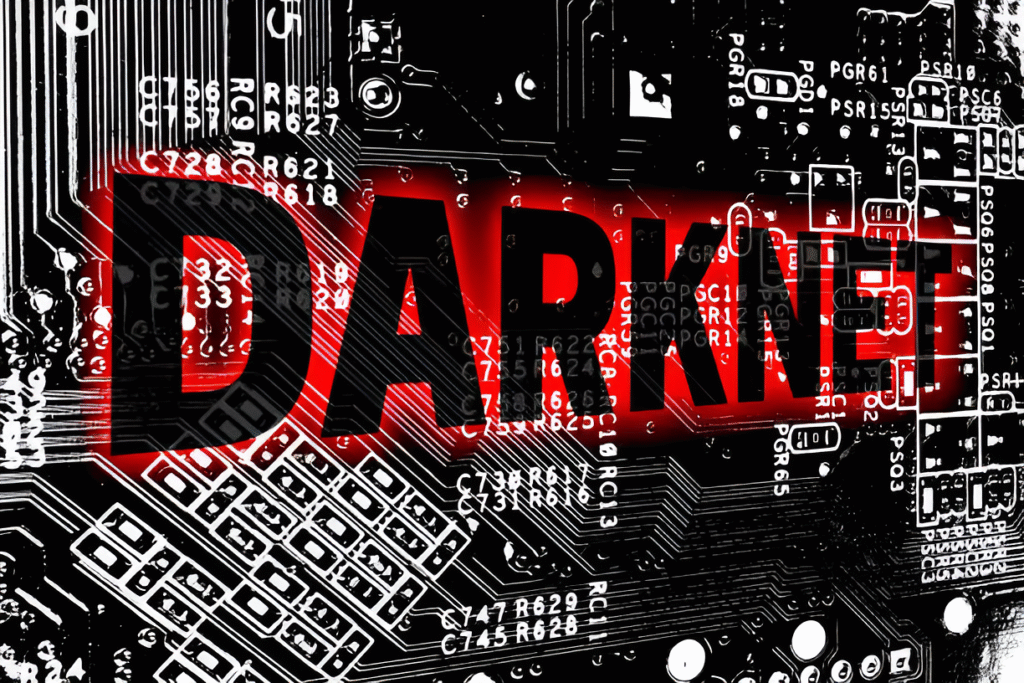How AI Models Could De-Anonymize Pattern-Based Behavior
Imagine sitting at your computer, confidently browsing the web under the cloak of anonymity. No IP address to trace, no personal identifiers attached. Yet somewhere beyond your screen, invisible algorithms are quietly piecing together fragments of your behavior — the times you log in, how you scroll, your unique rhythm of typing. These digital breadcrumbs may seem harmless alone, but when combined, they form a distinctive pattern. What if artificial intelligence, with its vast analytical power, could break through even the most carefully crafted digital masks by analyzing these patterns?
In an era when anonymity feels more fragile than ever, the idea that your behavior itself could betray you is unsettling — and real. This piece explores how AI models are evolving to de-anonymize pattern-based behavior, what that means for privacy in the digital age, and how you might defend your online anonymity against these silent sleuths.
In This Article
What Are Behavioral Patterns in Online Activity?
When we go about our digital routines — sending emails, posting on forums, or simply browsing late at night — we unknowingly generate a unique behavioral signature. This pattern-based behavior includes everything from the time of day we’re active, the speed and style of typing, preferred websites, to how we navigate pages. Unlike simple identifiers such as IP addresses or usernames, these fingerprints are subtle yet persistent.
For example, someone who consistently logs in around 10 PM, replies within seconds, and always uses a particular phrase can be linked across sessions even if their IP changes. Behavioral patterns are often invisible to human observers but become glaringly obvious to algorithmic models.
How AI Recognizes and Exploits Patterns
AI models, especially those based on machine learning and deep learning, excel at detecting subtle correlations in vast datasets. Given enough data, these models can profile users based on their behaviors, even if explicit identifiers are stripped away.
- Sequence Analysis: AI can analyze the order and timing of actions, revealing routines unique to an individual.
- Stylistic Fingerprinting: Natural language processing (NLP) models detect writing style, common phrases, and even habitual typos that mark a user across anonymous forums.
- Session Linking: Pattern recognition algorithms can associate seemingly unrelated sessions by matching behavioral signals, such as mouse movement or browsing speed.
Combining these techniques lets AI reconstruct likely identities or link separate pseudonymous accounts, effectively de-anonymizing users without ever accessing personal information directly.
“AI doesn’t need to hack your account. It just needs to watch your habits and apply statistical models to connect the dots.” — Dr. Elena Moretti, Cybersecurity Researcher
Real-World Examples of AI De-Anonymization
Law enforcement and intelligence agencies have increasingly adopted AI-driven pattern analysis to unmask criminals operating on the darknet. These are not sci-fi scenarios — they’re documented realities.
Take the infamous case where an individual using multiple anonymous handles on darknet markets was exposed solely through behavioral analysis. Although VPNs and Tor masked their IP, investigators noticed consistent time gaps between transactions, similar shipping preferences, and characteristic text patterns. AI tied these behaviors back to a single actor.
On the corporate side, advertisers deploy AI to deanonymize web users by combining behavioral data from browsing, ad clicks, and social media activity. Even when users delete cookies or use incognito mode, patterns emerge that allow companies to rebuild detailed profiles. The practice blurs the line between personalization and surveillance.
Privacy Risks and Implications
Why does this matter? Because behavioral pattern analysis raises critical privacy risks in a digital landscape where masking metadata alone no longer suffices.
- Loss of Anonymity: Users relying on technical tools to protect identity can be exposed through mundane, routine actions.
- Contextual De-Anonymization: AI ties anonymous activity to real-world identity by cross-referencing time zones, language use, or device habits.
- Undermining Pseudonymity: Even pseudonymous personas can collapse when AI detects consistent patterns over time.
This risk extends beyond illicit users. Journalists, whistleblowers, activists, and privacy-conscious individuals face similar vulnerabilities, which is why understanding the threat landscape is essential.
To delve deeper into how behaviors can inadvertently expose your identity, consider exploring articles like Recognizing behavioral patterns that undermine anonymity.
Strategies to Protect Your Anonymity
Combatting AI-driven de-anonymization isn’t impossible — but it requires deliberate effort and awareness.
- Disrupt Patterns: Change your browsing times, interaction speeds, and language style to reduce consistency.
- Multi-Account Compartmentalization: Use separate, unlinked environments or devices for different personas to avoid cross-pattern identification.
- Automate Variability: Tools that randomize typing speed, inject delays, or modify phrasing can make behavioral signatures less obvious.
- Use Privacy-Focused Operating Systems: Systems like Tails or Whonix help limit metadata leaks by design.
- Metadata Scrubbing: Always clean file metadata before sharing; tools like MAT2 reduce risks of accidental exposure.
Rotate your online habits regularly. Consider shifting your activity to random hours, rephrasing messages, and adjusting interaction frequency to avoid becoming a predictable target for AI pattern detection.
FAQ: AI and Digital Anonymity
Q: Can AI de-anonymize me even if I use VPN and Tor?
A: Yes. VPNs and Tor protect IP addresses and routing but don’t mask behavioral patterns like timing, typing style, or linguistics that AI models analyze.
Q: Are there tools that can help me automate behavior variability?
A: Some scripts and browser extensions offer randomized typing or interaction delays, but they require cautious use to prevent suspicion by websites or triggering security systems.
Q: How much data does AI need to identify behavioral patterns?
A: Typically, AI models improve with more data, but advanced systems can recognize patterns from surprisingly small datasets, depending on the uniqueness of behavior.
Q: Is it possible to be 100% anonymous online?
A: Absolute anonymity is difficult. It’s better to think in terms of minimizing risks by layering privacy tools and consciously disrupting behavior patterns.
Seeing Beyond the Mask
Today’s AI isn’t just crunching numbers — it’s learning human quirks and nuances, turning your online habits into an unintentional beacon. The same traits that make you “you” — your timing, language, and interaction style — are now traceable digital fingerprints. In a world where information is power, maintaining privacy means being unpredictable.
Whether you are a casual user concerned about data brokers or a professional in need of strong anonymity, staying aware of how AI evolves in behavior analysis is crucial. Consider practical steps alongside technical tools, and prioritize continuously evolving your own habits. After all, your uniqueness is your vulnerability—but also your defense.



